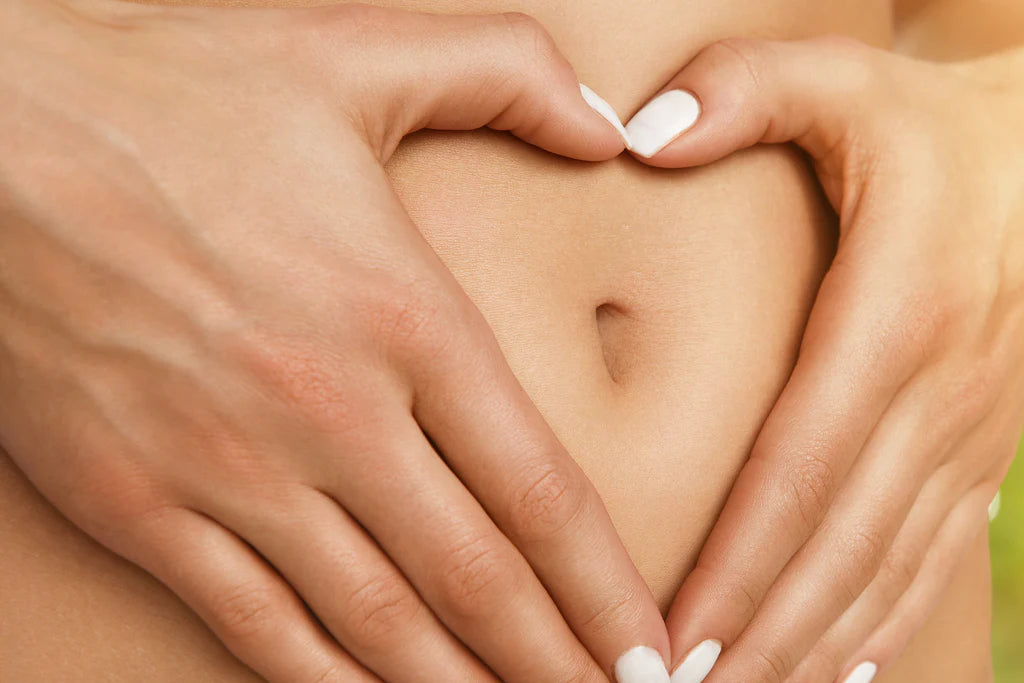
Bloating during menopause from water retention changes: Symptoms and Treatments
In this article, you'll discover effective solutions to alleviate water retention during menopause.
Title
